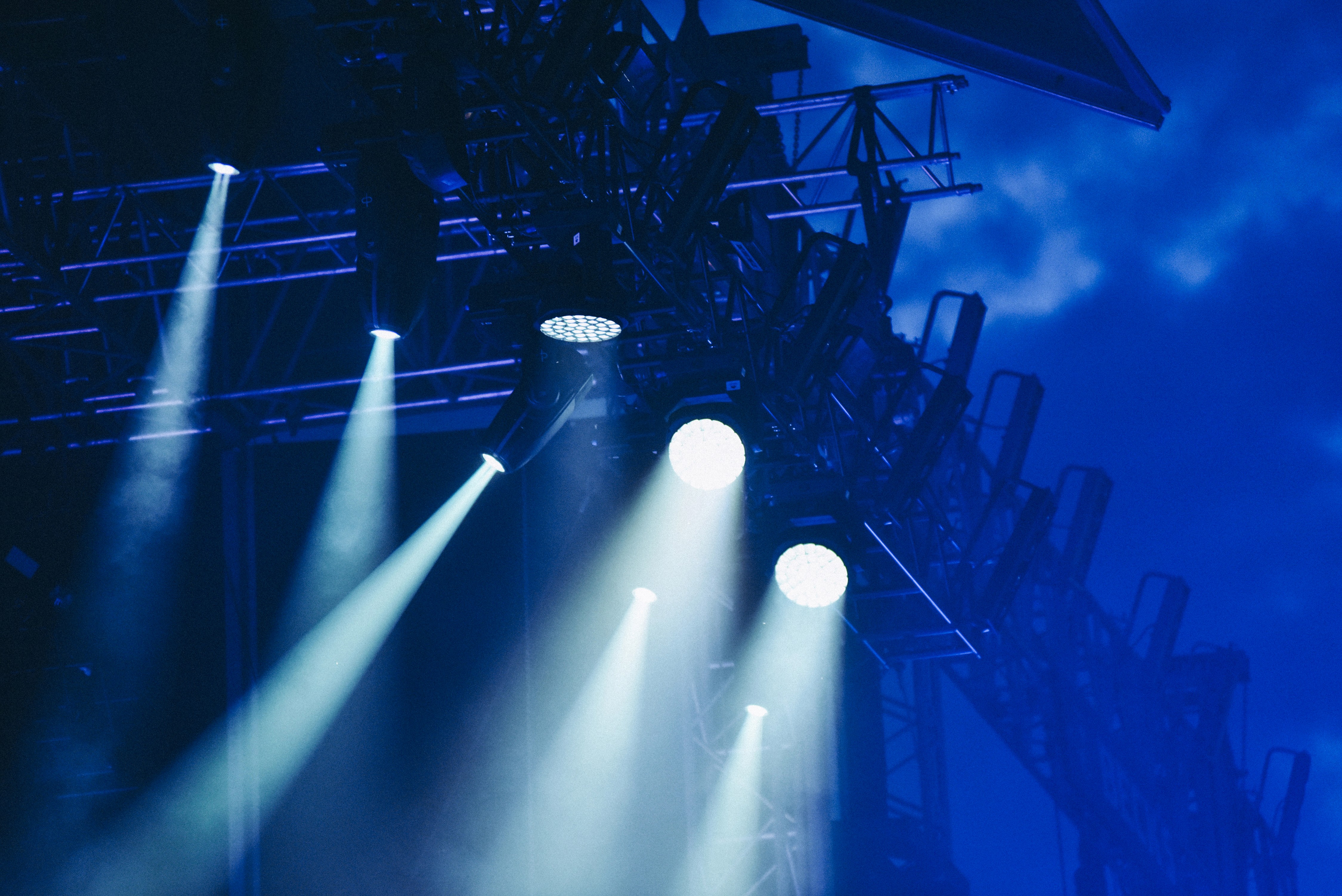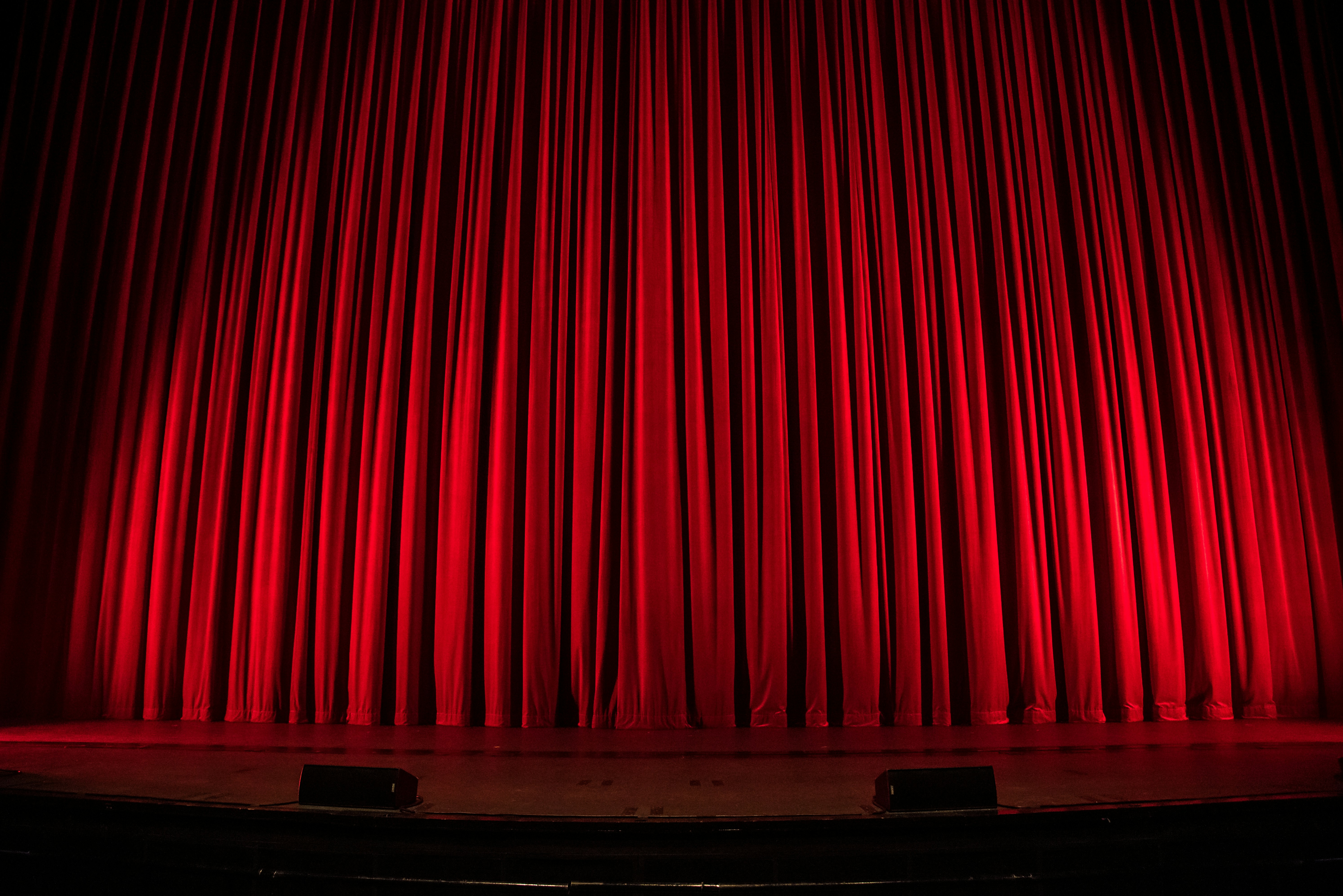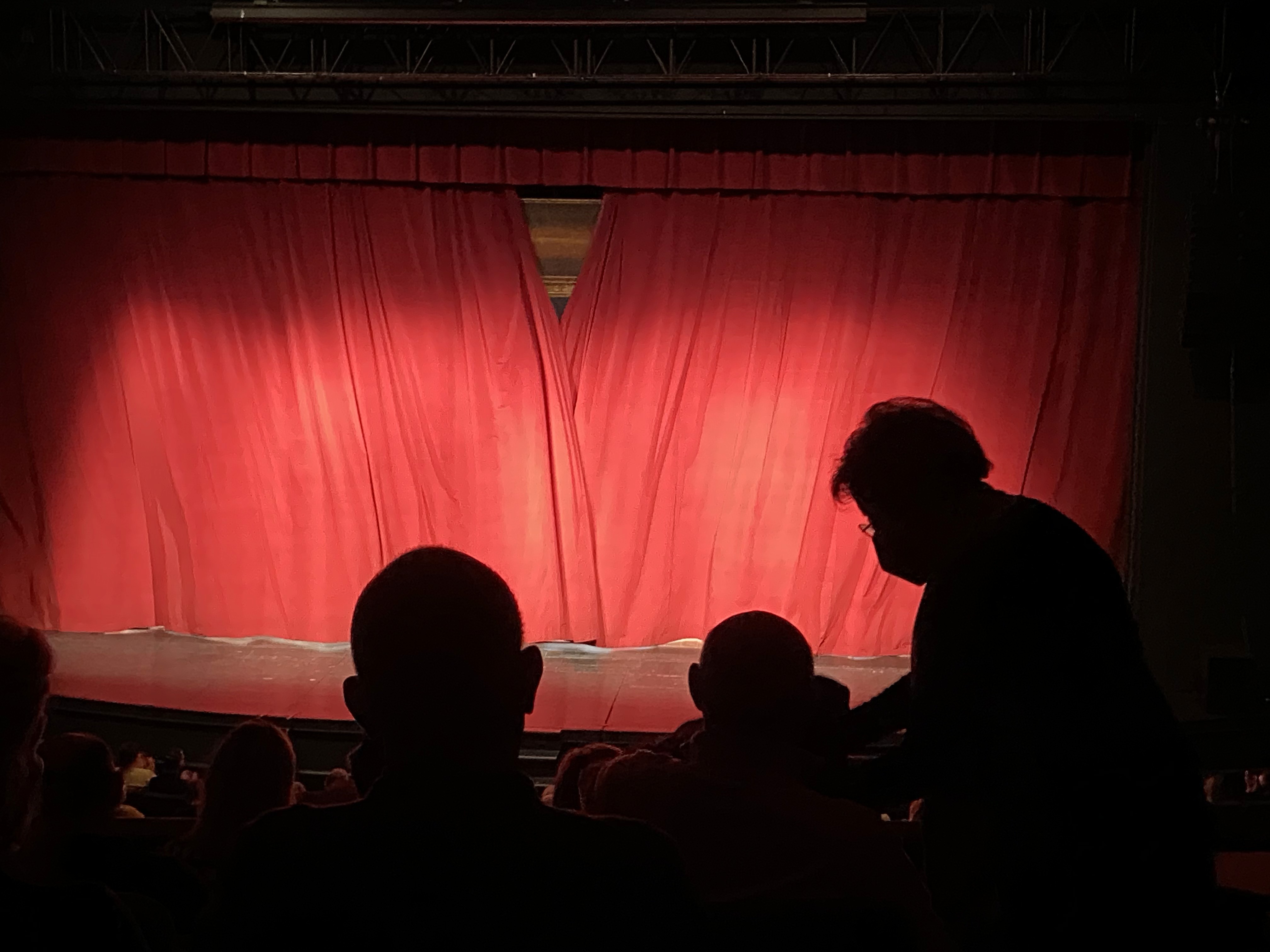DMX (Digital Multiplex)
Definition:
DMX (Digital Multiplex) is a standard for digital communication networks commonly used to control stage lighting and effects. It allows for the transmission of data to lighting fixtures and other devices, enabling precise and synchronized control of lighting and special effects in live performances and events.
Detailed Explanation:
DMX is a protocol that facilitates the control of lighting and effects in theatre, concerts, and other live events. Developed in the 1980s, DMX512 (the most common version) has become the industry standard for digital communication in stage lighting. It allows for up to 512 channels of control per universe, with each channel corresponding to a specific function, such as the intensity of a light or the movement of a motor.
The DMX system works by sending digital signals from a controller (such as a lighting console) to DMX-compatible devices (like lights, fog machines, and other effects). These signals instruct the devices on how to behave, allowing for synchronized lighting cues, color changes, and other effects that enhance the overall production.
Key Components of DMX Systems:
DMX Controller:
The device that sends the control signals. This can be a lighting console, computer software, or a specialized controller.
DMX Cables:
Special cables used to transmit the DMX signals from the controller to the devices. These cables are typically XLR cables with 3 or 5 pins.
DMX Fixtures:
The devices that receive and respond to the DMX signals, such as stage lights, dimmers, fog machines, and moving head lights.
DMX Splitters and Repeaters:
Devices used to distribute and amplify the DMX signal, ensuring reliable communication over long distances and with multiple devices.
Advantages of DMX:
Precision Control:
DMX allows for precise control over individual lighting fixtures and effects, enabling complex and synchronized lighting designs.
Scalability:
The DMX protocol can be scaled to control a large number of devices, making it suitable for small venues and large productions alike.
Reliability:
DMX provides a reliable and stable communication method, ensuring that lighting cues and effects are executed accurately.
Challenges of DMX:
Complexity:
Setting up and programming DMX systems can be complex, requiring technical knowledge and experience.
Cable Management:
Managing DMX cables and connections can be challenging, especially in large setups with many devices.
Interference:
DMX signals can be susceptible to interference and degradation over long distances, necessitating the use of repeaters and proper cable management.
Uses in Performance:
Stage Lighting:
DMX is extensively used in theatre and concert lighting to control the intensity, color, and movement of lights, creating dynamic and engaging visual effects.
Special Effects:
Devices like fog machines, pyrotechnics, and laser lights are often controlled via DMX, allowing for synchronized and precise effects.
Architectural Lighting:
DMX is also used in architectural lighting installations to create dynamic lighting displays on buildings and structures.
Design Considerations:
When designing and implementing a DMX system, several factors must be considered to ensure effective and reliable operation:
System Layout:
The layout of the DMX network should be planned to minimize cable lengths and avoid signal interference. Proper use of splitters and repeaters can help maintain signal integrity.
Channel Assignment:
Each device and function should be assigned a unique DMX channel to prevent conflicts and ensure accurate control.
Redundancy:
Including redundant pathways and backup controllers can enhance the reliability of the DMX system in critical applications.
Conclusion:
DMX (Digital Multiplex) is a fundamental technology in the control of stage lighting and effects, providing precise and synchronized control over a wide range of devices. By enabling complex lighting designs and dynamic effects, DMX enhances the visual impact of live performances and events. Despite its complexity, DMX remains a reliable and scalable solution for both small and large productions. With careful planning, proper equipment, and technical expertise, DMX systems can significantly elevate the quality and professionalism of stage lighting and effects.


